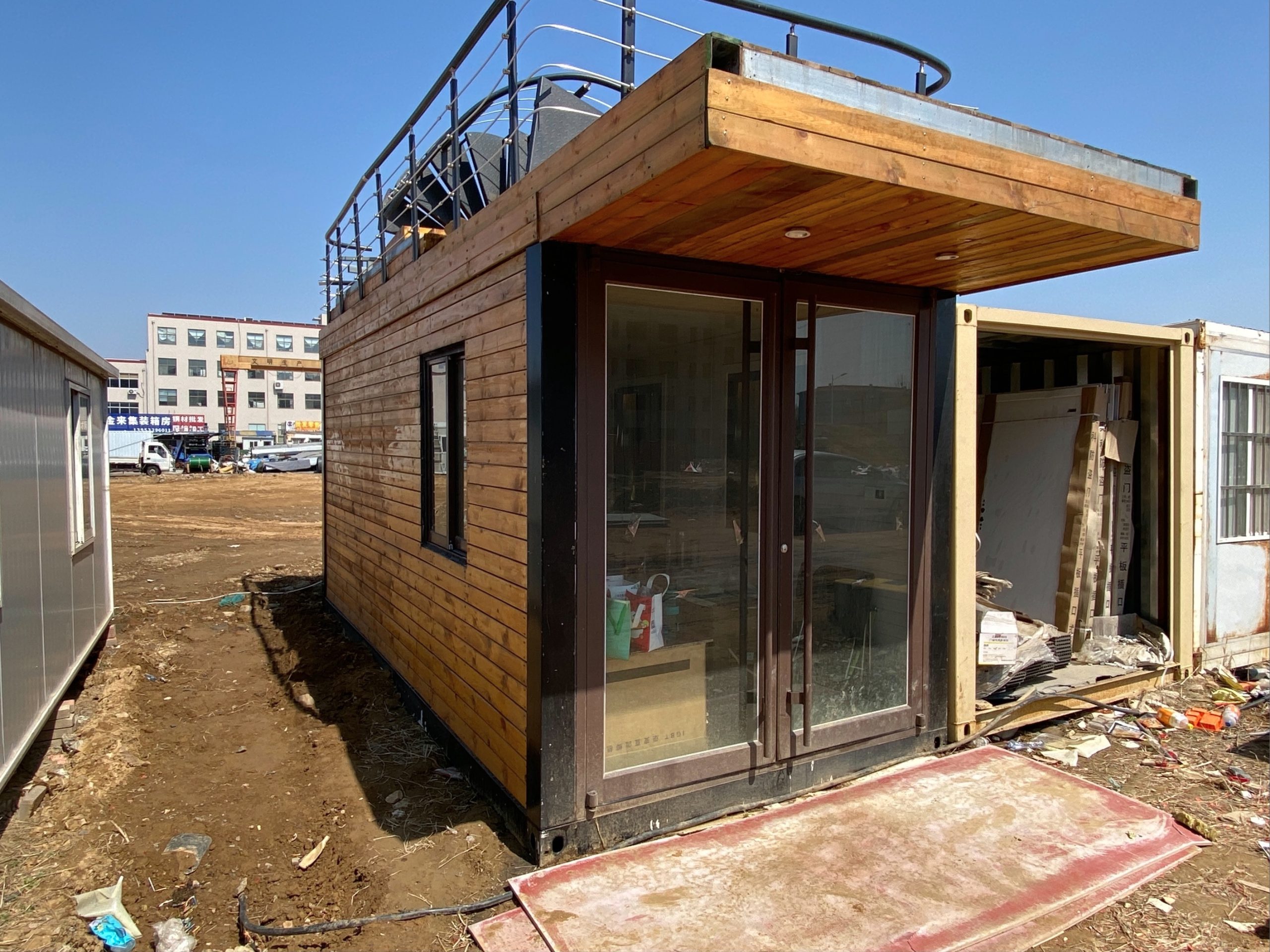Table of Contents
Benefits of Using Steel Structure in Prefabricated Buildings
Steel structure and prefabricated buildings have become increasingly popular in the construction industry due to their numerous benefits. The combination of steel structure and prefabricated building techniques offers a cost-effective, efficient, and sustainable solution for various construction projects. In this article, we will explore the benefits of using steel structure in prefabricated buildings and how this combination has revolutionized the construction industry.
One of the key advantages of using steel structure in prefabricated buildings is its strength and durability. Steel is known for its high tensile strength, which makes it an ideal material for supporting heavy loads and withstanding harsh environmental conditions. This strength allows for larger open spaces and higher Ceilings in prefabricated buildings, providing more flexibility in design and layout.

Additionally, Steel Structures are lightweight compared to traditional building materials such as concrete and wood. This lightweight nature of steel makes it easier to transport and assemble prefabricated building components on-site, reducing construction time and labor costs. Prefabricated steel structures can be quickly erected, allowing for faster project completion and reduced downtime.
Another benefit of using steel structure in prefabricated buildings is its versatility. Steel can be easily customized and fabricated to meet specific design requirements, allowing for endless design possibilities. Whether it’s a commercial office building, a residential home, or an industrial warehouse, steel structures can be tailored to suit the needs of any project.
Furthermore, steel is a sustainable and environmentally friendly building material. Steel is 100% recyclable and can be reused multiple times without losing its strength or quality. This recyclability makes steel structures a sustainable choice for construction projects, reducing waste and minimizing the environmental impact of building construction.
In terms of cost-effectiveness, steel structure in prefabricated buildings offers significant savings in both material and labor costs. Steel is a cost-effective material compared to traditional building materials, and its lightweight nature reduces transportation and handling costs. Prefabricated steel structures also require less on-site labor and construction time, further reducing overall project costs.
The combination of steel structure and prefabricated building techniques also enhances Safety on construction sites. Prefabricated building components are manufactured in a controlled Environment, reducing the risk of accidents and injuries during construction. Steel structures are also fire-resistant and can withstand extreme weather conditions, providing a safe and secure building environment for occupants.
In conclusion, the combination of steel structure and prefabricated building techniques offers numerous benefits for construction projects. From strength and durability to cost-effectiveness and sustainability, steel structures in prefabricated buildings provide a versatile and efficient solution for a wide range of construction applications. As the construction industry continues to evolve, steel structure and prefabricated buildings will play a crucial role in shaping the future of building construction.
Innovations in Steel Structure and Prefabricated Building Integration
Steel structure and prefabricated building are two construction methods that have been widely used in the industry for their efficiency, durability, and cost-effectiveness. In recent years, there has been a growing trend towards combining these two methods to create innovative and sustainable structures that meet the demands of modern construction projects.
The integration of steel structure and prefabricated building techniques offers a number of advantages over traditional construction methods. By using steel as the primary structural material, buildings can be designed with greater flexibility and precision, allowing for more complex and innovative designs. Prefabricated building components, on the other hand, are manufactured off-site in a controlled environment, ensuring higher quality and faster construction times.
One of the key benefits of combining steel structure and prefabricated building is the reduction in construction time. Since prefabricated components are manufactured off-site, they can be assembled quickly and efficiently once they arrive at the construction site. This not only speeds up the construction process but also minimizes disruptions to the surrounding environment, making it an ideal choice for projects in urban areas or sensitive locations.
Another advantage of integrating steel structure and prefabricated building is the cost savings. By using prefabricated components, construction companies can reduce waste, labor costs, and construction time, resulting in overall lower project costs. Additionally, steel is a highly durable and long-lasting material, reducing maintenance and repair costs over the lifespan of the building.
The combination of steel structure and prefabricated building also offers environmental benefits. Steel is a recyclable material, making it a sustainable choice for construction projects. Prefabricated building components are also manufactured with precision, reducing waste and energy consumption during the construction process. By using these methods, builders can create environmentally friendly structures that meet the demands of sustainable construction practices.
Innovations in steel structure and prefabricated building integration have led to the development of new construction techniques and technologies. For example, 3D modeling Software allows architects and engineers to design complex structures with precision and accuracy, ensuring that prefabricated components fit together seamlessly on-site. Advanced manufacturing techniques, such as robotic welding and laser cutting, have also improved the quality and efficiency of prefabricated building components.
The integration of steel structure and prefabricated building has been used in a variety of construction projects, from residential homes to commercial buildings to industrial facilities. In the residential sector, prefabricated steel frame homes have become increasingly popular for their speed of construction, energy efficiency, and durability. In the commercial sector, steel structure and prefabricated building are often used for Office Buildings, retail centers, and Warehouses, where fast construction times and cost savings are essential.
Overall, the combination of steel structure and prefabricated building offers a versatile and sustainable solution for modern construction projects. By integrating these two methods, builders can create innovative structures that meet the demands of today’s construction industry. With advancements in technology and construction techniques, the future of steel structure and prefabricated building integration looks promising, offering endless possibilities for creating efficient, durable, and environmentally friendly structures.
